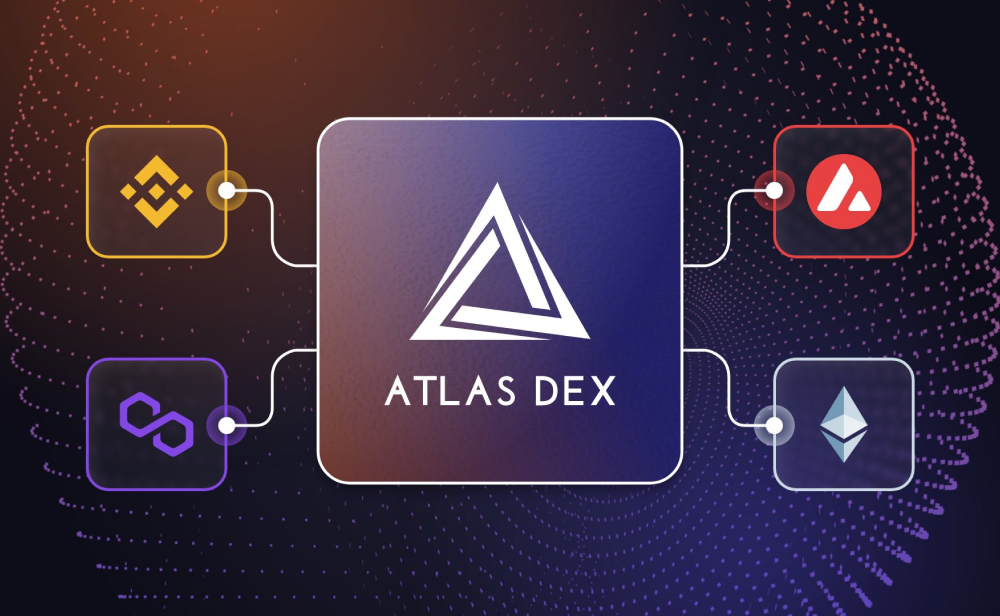
Liquidity fragmentation is a major problem with on-chain trading. DEXs are traditionally plagued by gut-wrenching slippage costs, especially those that adhere to the classic constant product formula model (see AMM). Moreover, disparate liquidity availability can result in price variance depending on the DEX used.
This can mean optimal trading strategies are turned ineffective due to DEX-hopping and the need to manage multiple sign-ins, wallets, keys and interfaces.
Atlas DEX solves this classic on-chain trading problem. Launching in January 2022, Atlas will aggregate DEXs from multiple chains, including its native Solana chain, as well as the Binance Smart Chain, Ethereum and Polygon ecosystems. Further chains will be integrated in time.
How Does Atlas DEX Work?
Atlas DEX works by charting the current price-info of DEXs on multiple connected chains. Then, when a user places an order, Atlas will aggregate liquidity across chains to provide users with the best price.
Order routing occurs when an Asset A to Asset Z pairing isn’t available, but can be achieved by going through an intermediary pair. Atlas DEX will find the pairing or pairings that create the best route between the two, and then execute the trade for the user when they confirm.
Solana, Cross-Chain Bridges and Wormhole Tech
Atlas DEX chose to build on Solana due to the low transaction fees and fast transaction throughput — both of which act to further reduce overall transaction costs for traders. Solana also makes it possible to execute multi-order, multi-pool trades at the speed necessary to make them worthwhile.The DEX platform will utilize Solana’s Wormhole technology to power its cross-chain swaps. Solana’s Wormhole tech is a non-custodial cross-chain bridge overseen by guardians — of equal weight — who borrow authority from the Solana network to validate the swaps. Once the guardians approve the swap, a mint and burn process is enacted and the asset can move cross-chain.
The bridges are bi-directional, allowing for trades to be completed through them.
The Atlas DEX (ATS) token
The ATS token is the governance and utility token for the Atlas DEX. $ATS holders can receive trading discounts, further increasing the edge they gain.
Atlas DEX has a total token supply of 250 million, out of which a select portion will be airdropped to early supporters. The majority of the supply is locked and will be released over a number of years and can be earned by providing liquidity to the Atlas DEX native pools.
In time, a DAO will be set up and community voting activated to direct the future of the protocol.
Source: https://coinmarketcap.com/alexandria/article/what-is-atlas-dex-a-capital-efficient-cross-chain-dex-and-defi-optimizer

Comments